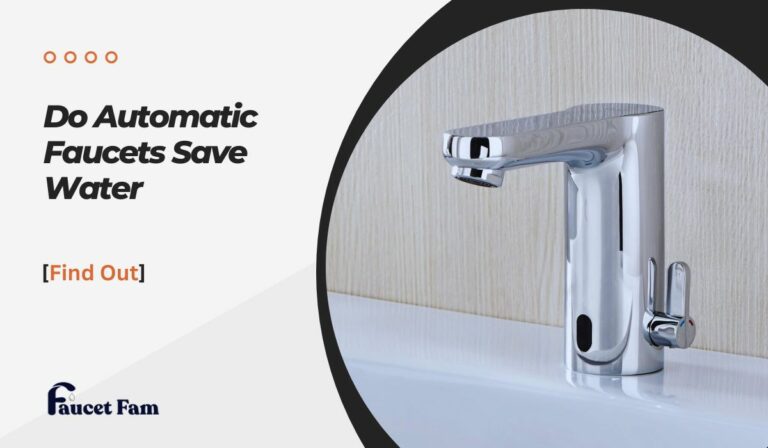How To Fix Kitchen Sink Leak
Discovering a leak in your kitchen sink can be frustrating, but you don’t always have to call a plumber right away. Understanding where the leak comes from and how to fix it can save you time, money, and prevent water damage to your home. In this guide, you’ll learn clear, step-by-step methods to identify and repair common kitchen sink leaks with confidence.
Identifying The Source Of The Leak
Before grabbing any tools, it’s crucial you pinpoint exactly where the leak is coming from. Kitchen sinks have multiple potential leak points including the faucet base, water supply lines, drain pipes, or even the sink basin itself.
Here’s a simple process to isolate the issue:
- Dry the area: Use a towel to wipe everything under and around the sink completely dry.
- Run the water: Turn on the faucet and watch carefully where water first appears.
- Check all joints and connections: Look for drips near the faucet handles, underneath the sink at the water supply lines, and around the drain pipe.
- Use a flashlight: Sometimes leaks are subtle and hard to see in dim cabinet spaces.
Identifying the precise leak source helps you decide what kind of repair is needed and what tools you’ll require.
Tools And Materials Needed For Repair
Gathering the right tools upfront will make your repair quick and efficient. Here are common tools and materials for fixing kitchen sink leaks:
- Adjustable wrench
- Basin wrench (for tight faucet nuts)
- Screwdrivers (Phillips and flathead)
- Plumber’s putty or silicone sealant
- Replacement washers, O-rings, or gaskets
- Pipe tape (Teflon tape)
- Bucket and rags
- Pipe wrench (for drain pipes)
- Flashlight
Having these on hand prevents multiple trips to the hardware store and ensures you’re ready to tackle any leak with confidence.
Fixing A Leak Around The Faucet
Leaks around the faucet base or handles often arise due to worn-out washers, loose connections, or degraded seals.
Steps to Repair Faucet Leaks:
- Turn off the water supply: Locate the shutoff valves under your sink and close them.
- Release faucet pressure: Open the faucet to drain any remaining water.
- Remove faucet handles: Use a screwdriver to take off handles exposing the cartridge or valve stem.
- Inspect washers and O-rings: Replace any that appear brittle or damaged with exact matches.
- Apply plumber’s putty or silicone sealant: Place this around the faucet base for a watertight seal.
- Tighten connections: Use a basin wrench to snug any loose nuts carefully.
- Reassemble and test: Turn on the water supply and run the faucet to check if the leak is fixed.
Leaking faucets are one of the most common and straightforward leaks you can fix yourself with a little patience.
Repairing Leaks Under The Sink
Leaks under the sink are often caused by loose or corroded water supply lines or worn-out connections.
How to Fix:
- Inspect supply lines and connections: Look for corrosion, cracks, or wet spots.
- Tighten fittings: Use an adjustable wrench to snug connections, but don’t over-tighten which can damage threads.
- Replace damaged hoses: Flexible supply lines can weaken over time. Installing new braided stainless steel lines is a durable option.
- Check shutoff valves: Sometimes the valve itself leaks and may need replacement.
Regularly checking these areas can help you catch leaks early before they cause damage.
Addressing Leaks In The Drain Pipe
Drain pipe leaks commonly occur at the slip nuts or the P-trap.
Steps to Repair Drain Leaks:
- Place a bucket beneath the drain: To catch any water when you loosen connections.
- Loosen the slip nuts: Use a pipe wrench or your hands to unscrew the nuts connecting the drain pipes.
- Inspect washers/gaskets: Replace any hardened or damaged washers before reassembling.
- Apply plumber’s tape or pipe joint compound: On the threads for a secure, leak-proof fit.
- Re-tighten carefully: Avoid overtightening which can crack PVC pipes.
- Run water test: Check for leaks once everything is reassembled.
If your drain pipes are cracked or brittle, full replacement might be a better long-term fix.
Preventative Maintenance To Avoid Future Leaks
Keeping your kitchen sink leak-free takes a bit of regular care:
- Regular inspections: Check under your sink and around faucets for moisture or drips at least every few months.
- Tighten loose fittings: Small looseness can quickly become a leak.
- Clean aerators and drains: Prevent clogs which can increase pressure and cause leaks.
- Replace old parts proactively: Hoses and washers wear out: timely replacement saves headaches.
- Avoid harsh chemicals: These can damage pipes and seals, leading to leaks.
Routine maintenance helps catch problems early and extends the life of your plumbing.
When To Call A Professional Plumber
While many kitchen sink leaks are DIY-friendly, certain situations warrant expert help:
- Persistent leaks even though repairs
- Leaks in hard-to-access areas or inside walls
- Corroded plumbing requiring replacement
- No shutoff valve or non-functional valves
- Damage to main water lines or sewer connections
A licensed plumber uses specialized tools to diagnose and fix complex leaks safely, protecting your home from costly water damage.
Conclusion
Fixing a kitchen sink leak by yourself might seem daunting, but with a clear understanding of the leak’s source and the right tools, you can tackle most leaks confidently and efficiently. From faucet repairs to drain pipe fixes, taking timely action prevents water damage and expensive repairs down the line. And remember, knowing when to call a professional is just as important to ensure your home’s plumbing stays in optimal shape.

